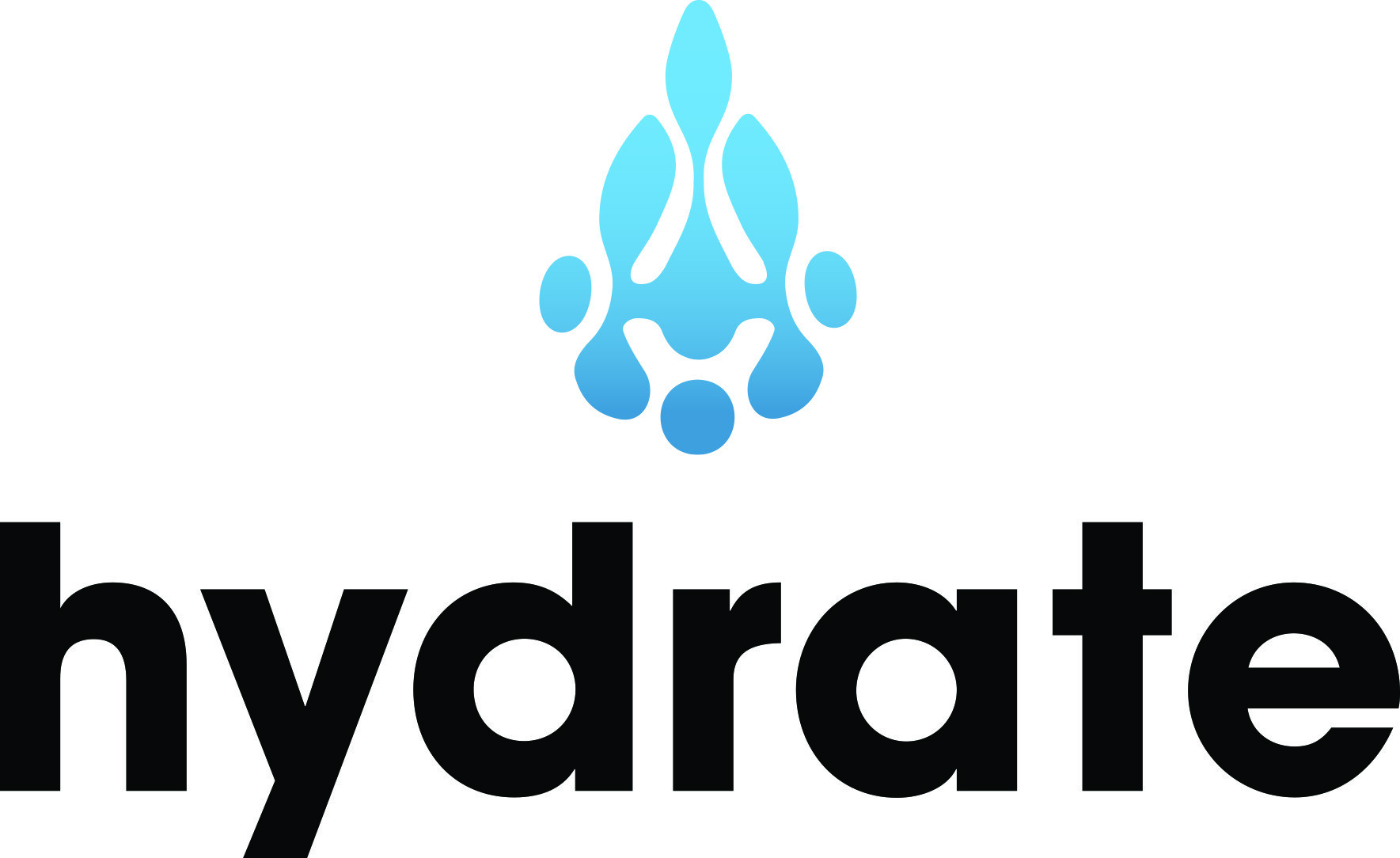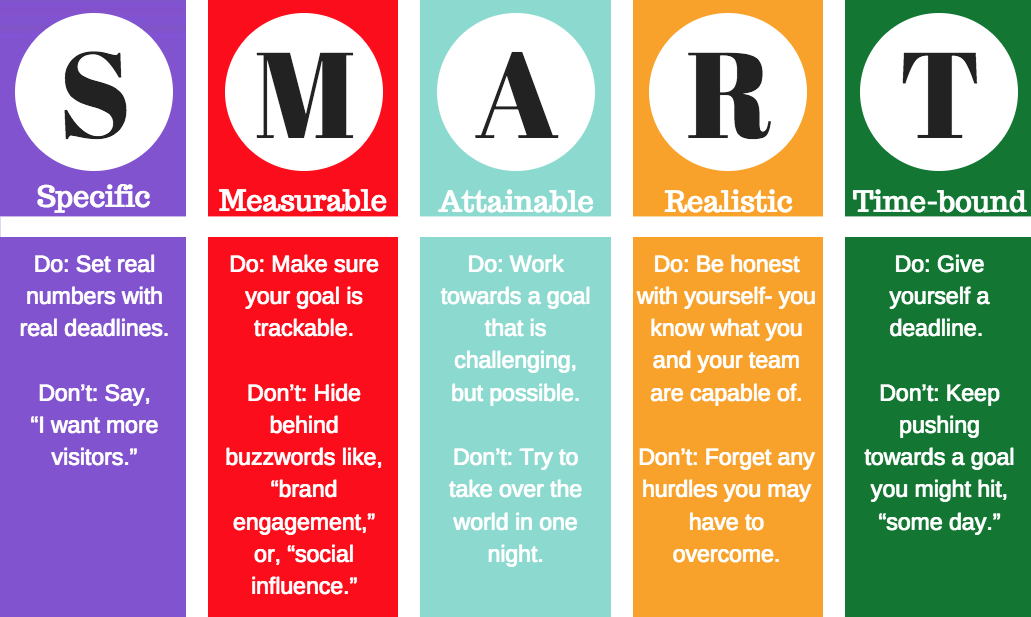In 2025, the marketing landscape is more data-driven than ever before. Yet, the way we collect and utilize that data has undergone a seismic shift. With the phase-out of third-party cookies and the rise of privacy-first approaches, zero-party data has emerged as a crucial pillar of effective marketing. Here’s what you need to know about this transformation and how we can adapt to stay ahead.
Madison Merrihew

Recent Posts
Have you ever looked at your business' website and wondered, "What is the point of this thing?" If so, you've probably got some work to do. A website should not be something that is built, published, and never touched again. If you think about it, your website serves several functions, such as attracting new leads, processing sales, and advertising your brand. One of the greatest ways a business can hurt themselves is by treating their website like an online brochure, instead of their strongest marketing asset. With that in mind, don’t you want a website that doesn’t just work, but works for you?
Much like your website, your business’s Facebook profile should be evolving and growing over time. This means consistent posting, interacting, updating profile information and links, and taking advantage of Facebook’s new features as they’re released. The Facebook algorithm is the driving force behind this. You want to connect with your audience and the best way to do that is to build out your profile and be present on the platform.
Embark on a productivity journey with SMART Goals – a concept commonly attributed to Peter Drucker's Management by Objectives. As you may have guessed, SMART is an acronym. Over the years, it has taken on many different meanings. Traditionally, a SMART Goal is Specific, Measurable, Attainable, Realistic, and Time-bound.
Marketing methods and how we consume content are ever changing and while we have seen social media use grow over the last few years, there has been an explosion of growth in video content across all social media platforms. According to TubularInsights, views of sponsored video content on Facebook jumped by 258% between 2016 and 2017 and you can bet that number is even higher now. With nearly one third of the world’s population on Facebook, it has the largest audience of any social network and video is what’s getting the greatest reach right now.
Google Analytics is a web analytics service offered by Google that tracks and reports your website traffic and activity. The use of Analytics not only makes it easier for your business to understand how your website is working, or not working, but it also allows you to understand how your customers and prospects are engaging with the content on your site.
Monitoring your business’ social media presence is extremely important in today’s technology driven world. As it turns out, yesterday’s customer service call has become today’s customer service tweet — making it a public exchange. Although it is hard work and can be quite time-consuming, monitoring your social media channels is necessary in order to:
It seems like the question of the hour, or the last few years, is, “how do we connect with Millennials?” The infamous generation is seen as a group of young people who heavily rely on their parents for financial support, are addicted to technology, and don’t pay attention to anything for more than a few seconds. So, how do we communicate with an audience who isn’t interested in anything they can’t find on their phone? Your first thought probably isn’t direct mail, but it should be.
The hashtag, established in 2007, was brought to Twitter as a way for users to filter through content to easily find information/conversations that match their interests. A decade later, the hashtag continues to thrive and become more and more crucial in the navigation of social media platforms. Commonly referred to as a pound sign, hashtags are used to create micro-communities within a platform.
This blog is part of the How to Monitor Social Media in 10 Minutes a Day eBook download.















